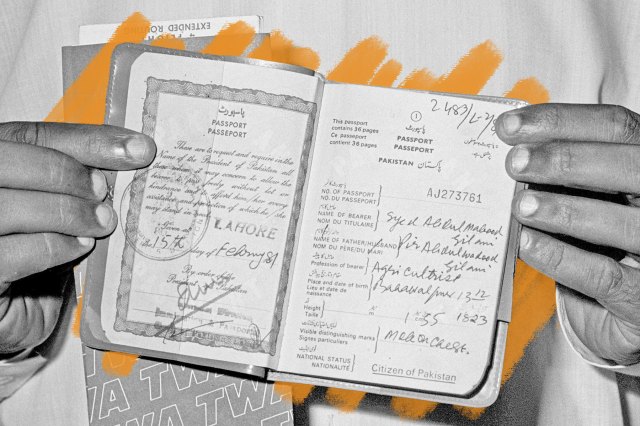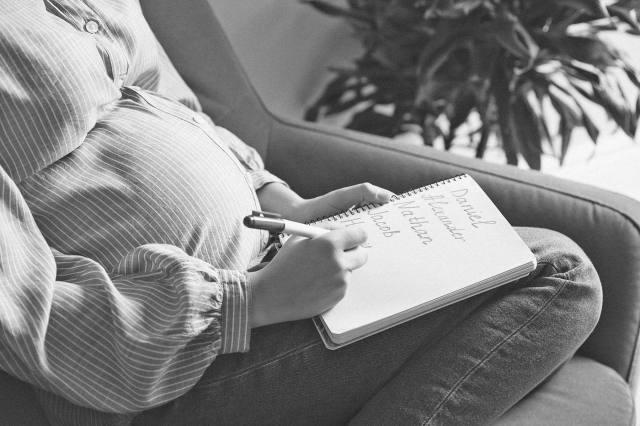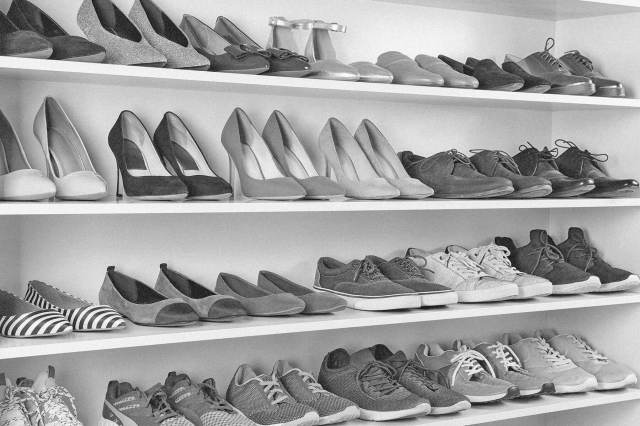Imagine trying to pass through border security when all you have to prove your identity is a piece of paper that says "brown hair and freckles." |
| |
| |
|
 |
|
| I magine trying to pass through border security when all you have to prove your identity is a piece of paper that says "brown hair and freckles." While that wouldn't fly today, it's typically how things worked before passports had photographs. Early passports simply included details such as the holder's name and the location they were traveling; photography wasn't invented until the 1820s, and it took many more years for the technology to allow for easy passport photographs. Then around 1825, U.S. passports began to include written descriptions of the subject's facial features, such as their eyes, forehead, and nose, to help aid in identification, and other countries followed suit. |
|
|
| Though you'd occasionally find someone who described their nose as "Roman," many passport applicants listed their features as "average," thus rendering those descriptions rather unhelpful. What's more, these physical descriptions were occasionally altered by officials to be less flattering than in the eyes of the applicant. One man who described his face shape as "intelligent" on his application was dismayed to find that it was later changed to "oval" by a government official. |
|
| In 1914, the year World War I began, many countries began mandating more secure passports with both photos and descriptions, as governments feared potential espionage. In 1920, the League of Nations established a set of global passport standards, requiring the use of photographic identification. These increased security measures led to a whole set of new issues, as many people viewed passport photos as demeaning and comparable to mugshots. Some border officials were also unprepared for changes in a person's physical appearance — in one instance in 1923, a clean-shaven Danish man was required to regrow the mustache from his passport photo before he was allowed to leave Germany. |
|
 |  |
|
|
 |
|
| |
|
| U.S. passports currently in circulation | | | 160 million+ |
| | | Distinct security features found on Nicaraguan passports | | | 89 |
| | | Distinct security features found on Nicaraguan passports | | | 89 |
|
|
|
| Photographs published by Ansel Adams | | | 1,500+ |
| | | Year William Henry Harrison became the first sitting President ever photographed | | | 1841 |
| | | Year William Henry Harrison became the first sitting President ever photographed | | | 1841 |
|
|
|
 |
|
 | | Did you know? |
|
|
The world's rarest passport is issued by a medieval religious order. |
|
| The Knights of Malta are a religious order founded around the year 1099 in Jerusalem, originally established to care for sick pilgrims. The group was formally recognized by Pope Paschal II in 1113, which established the legal basis for sovereignty that the group maintains today. The order later fought battles in the Crusades of the 12th and 13th centuries, and was ousted by Napoleon Bonaparte from the Maltese Archipelago in 1798. Finally, in 1834, the order established its headquarters in Rome, where it remains today. Despite owning no land, the order issues passports like a sovereign nation, including what's considered the rarest passport in the world. This diplomatic document is held by roughly 500 key organizational figures who are tasked with performing duties abroad, including the grand master, the order's leader. Each passport features a dark crimson cover and allows for travel throughout 113 independent states. |
|



















0 comments:
Post a Comment